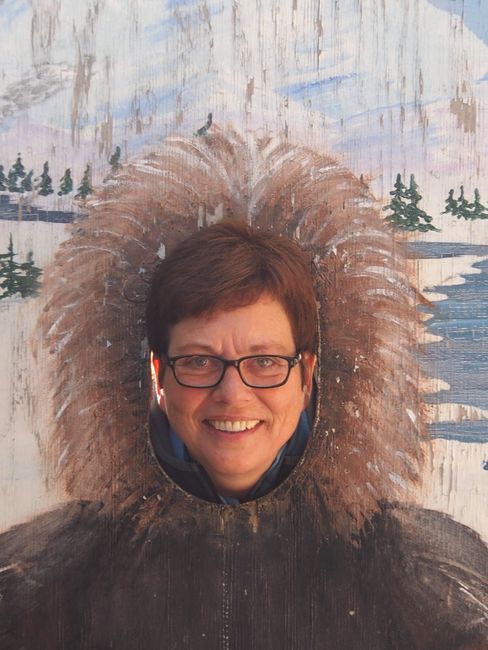
Alaska & Yukon im Herbst: 6000km mit Grizzlies, Goldgräbern und Polarlicht
vakantio.de/alaskaundyukonimherbst
To Homer via the Kenai Peninsula
Tshaj tawm: 15.08.2019
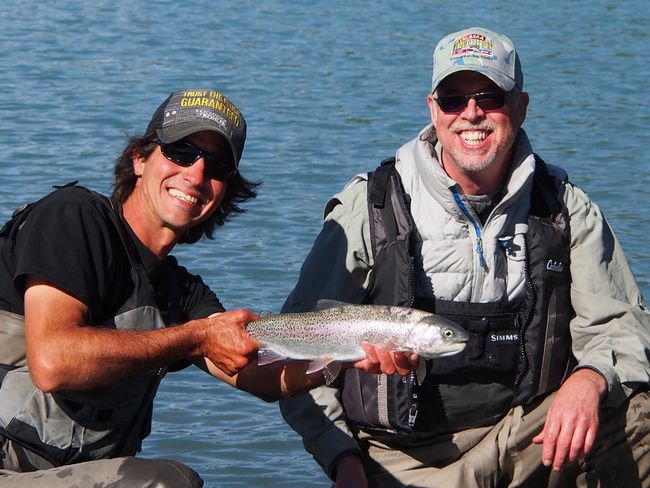
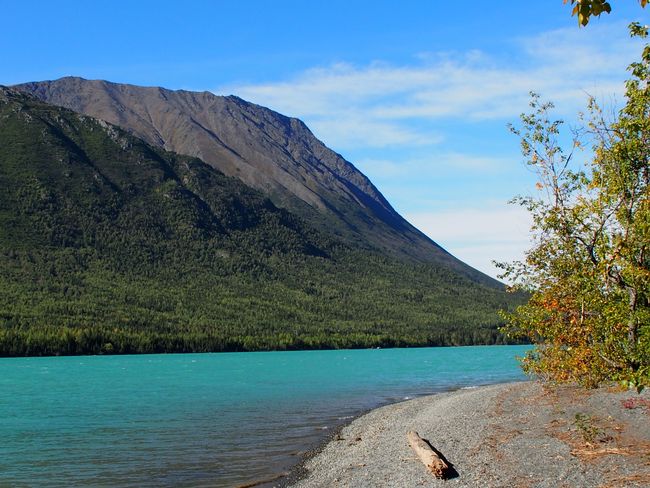
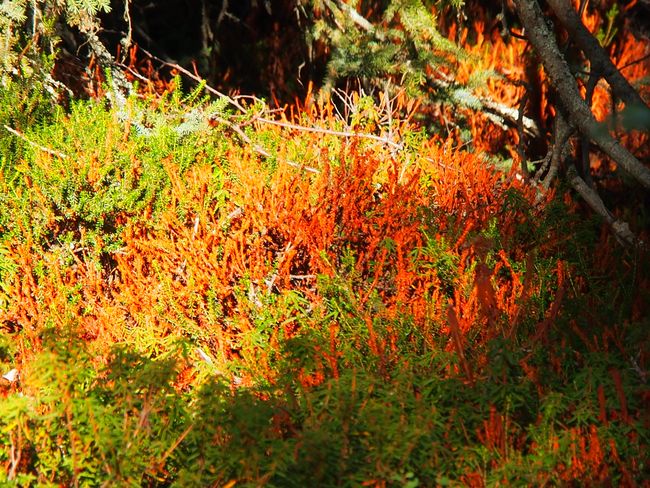
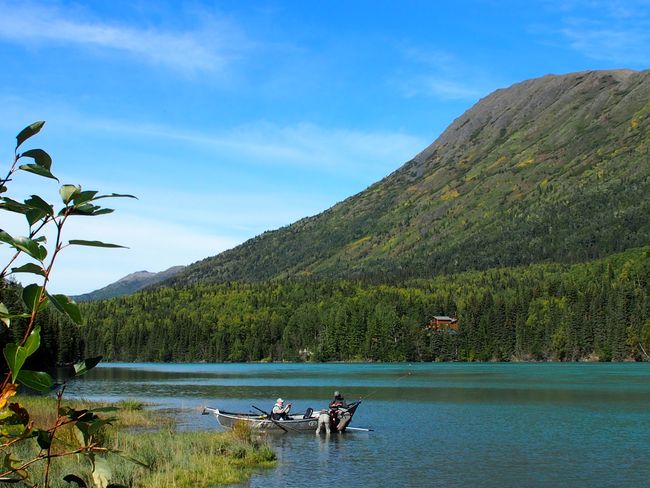
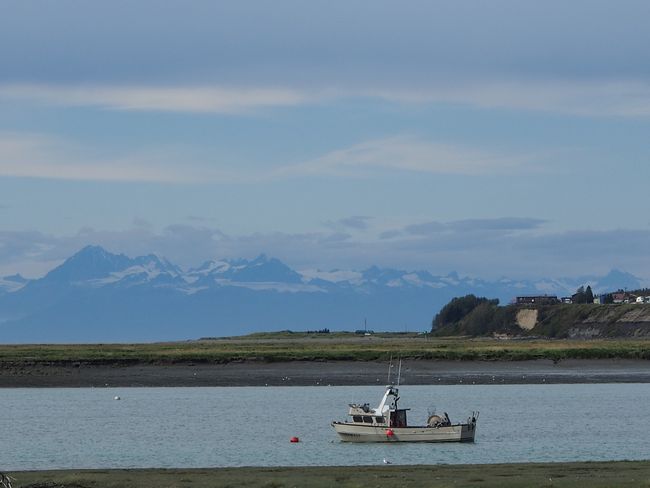
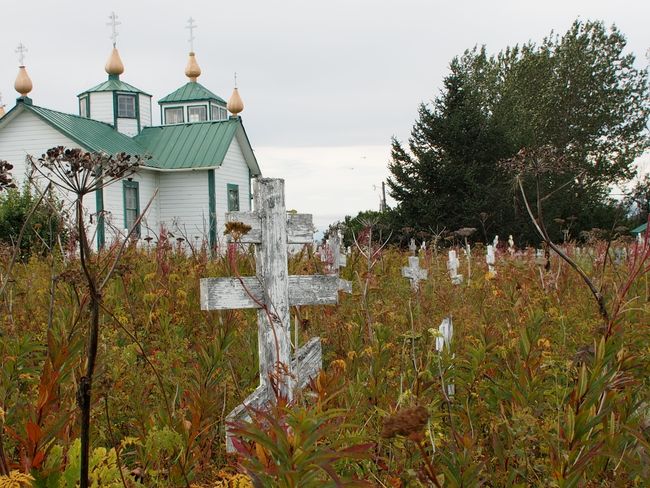
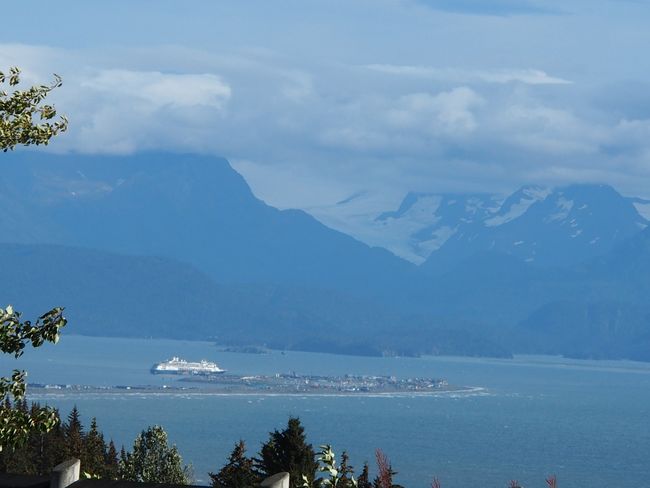
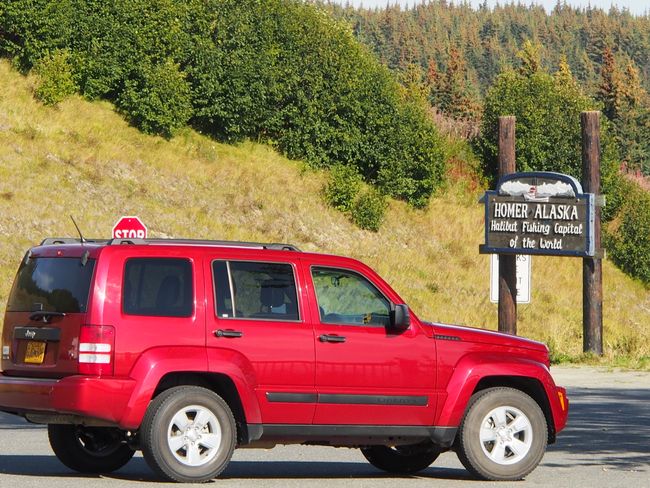
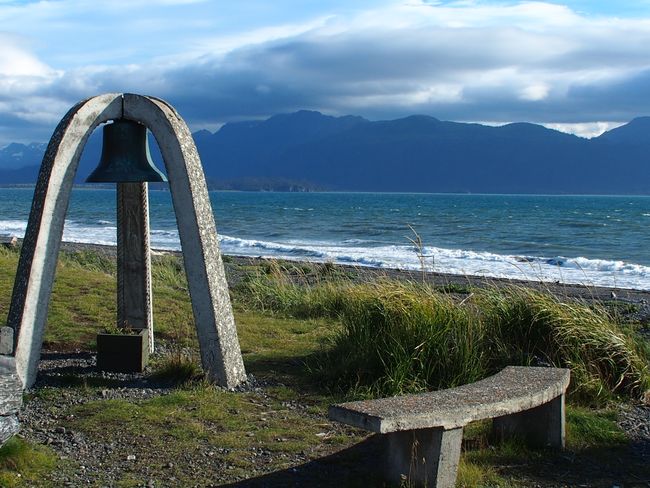
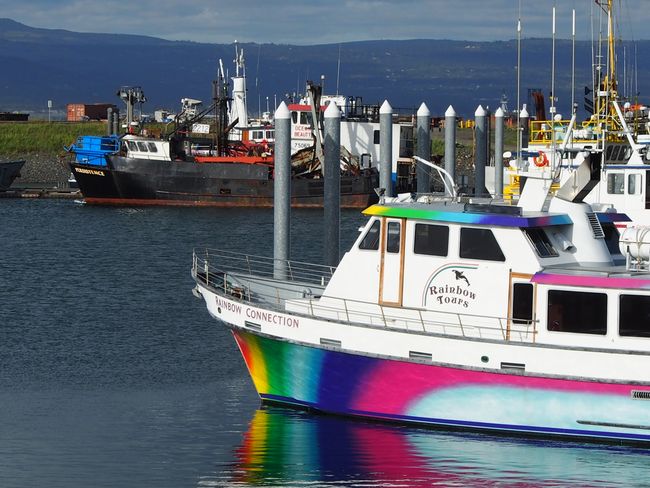
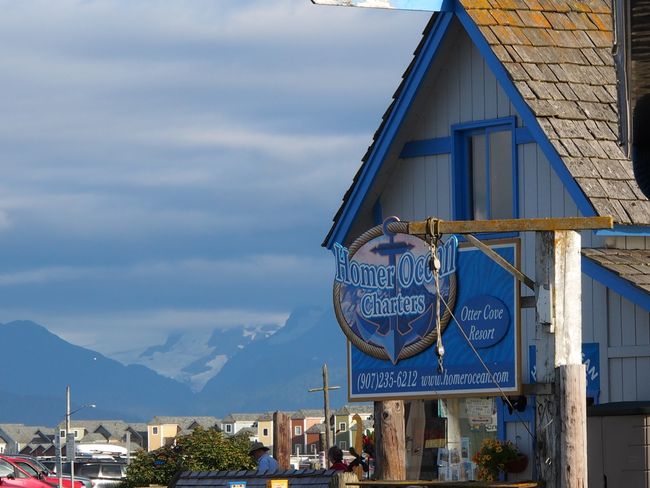
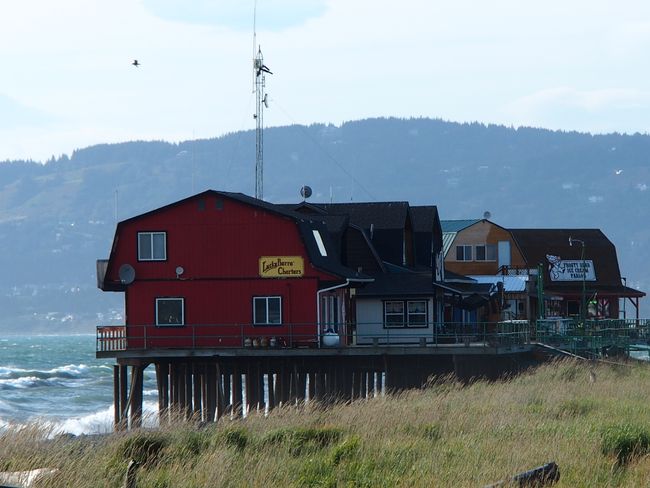
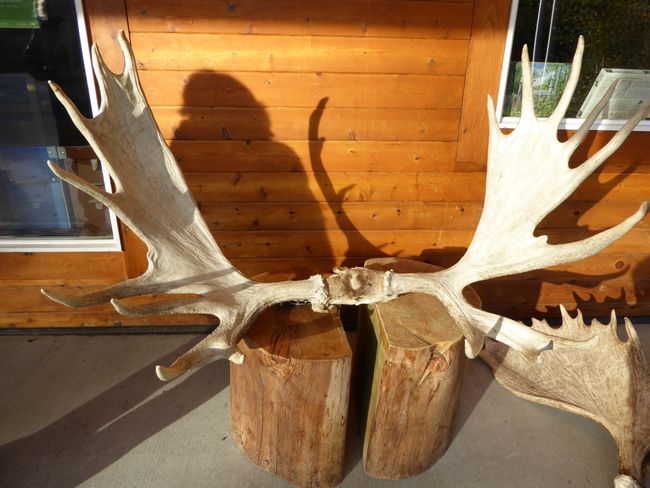
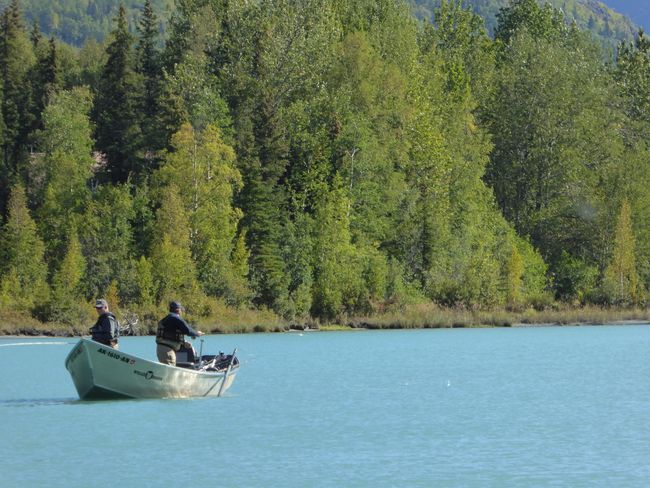
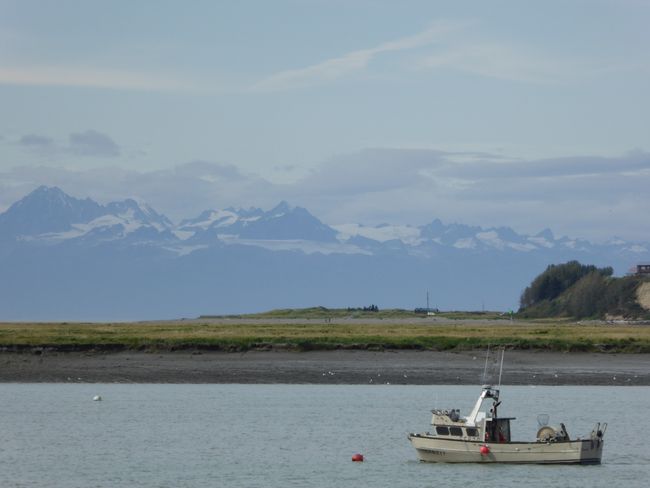
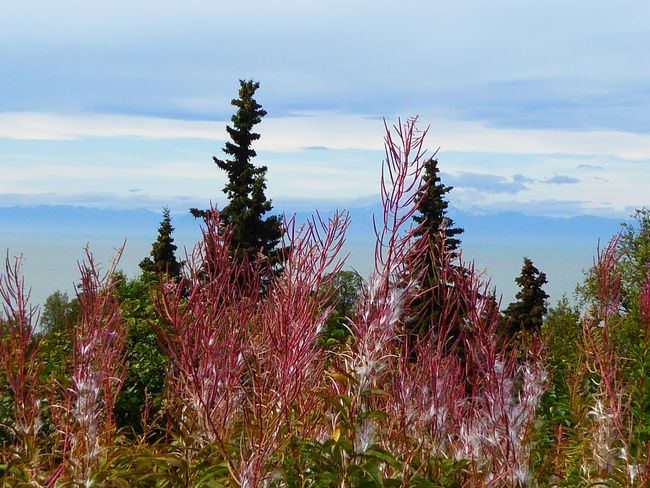
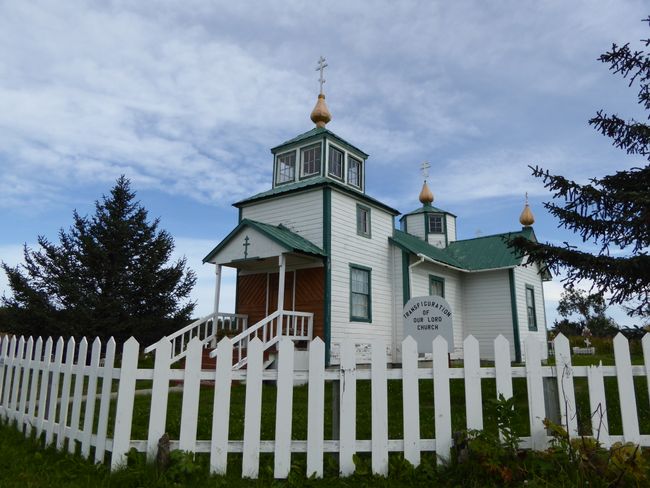
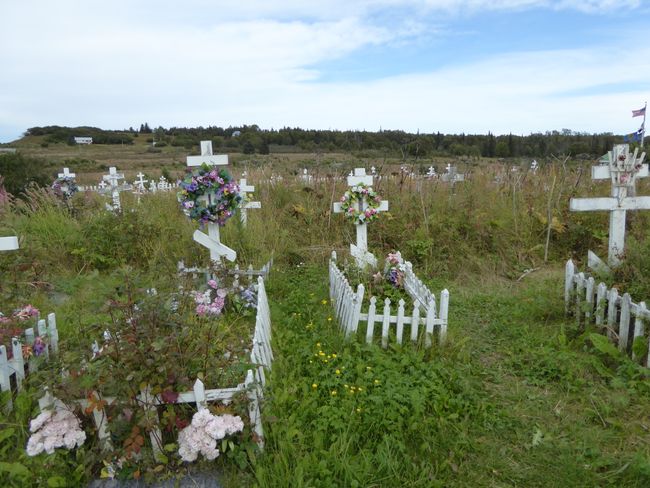
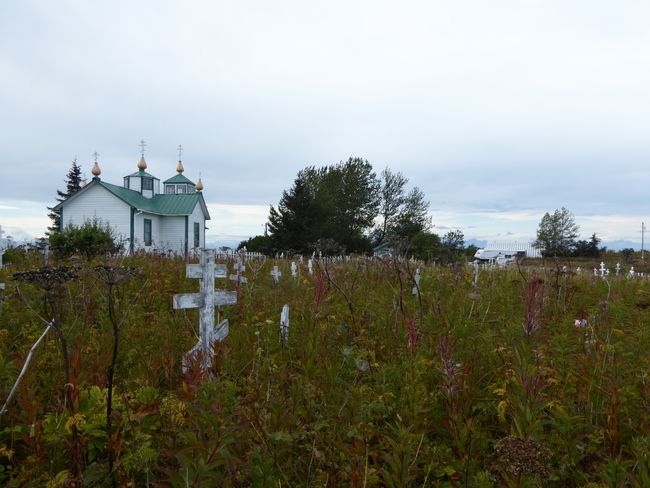
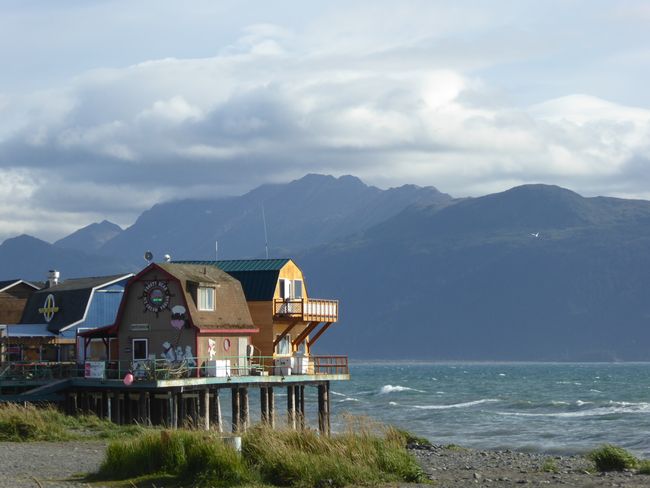
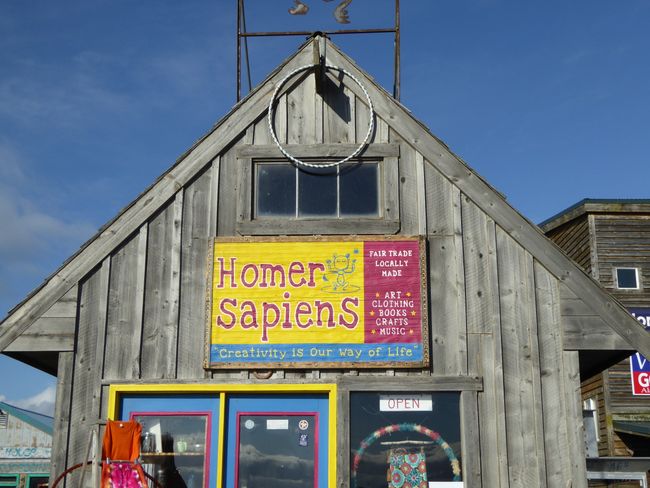
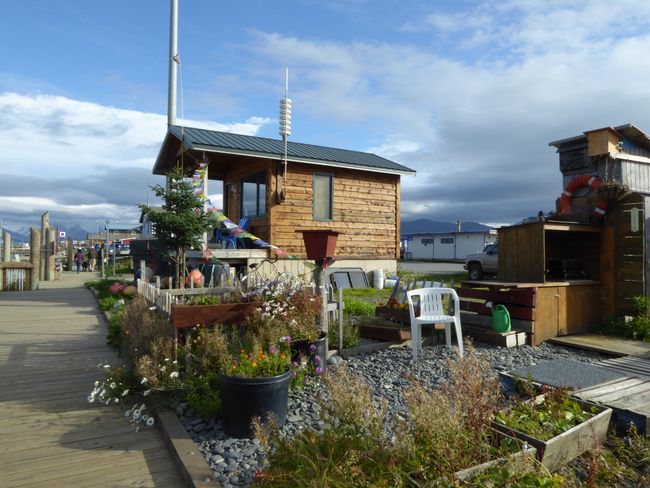
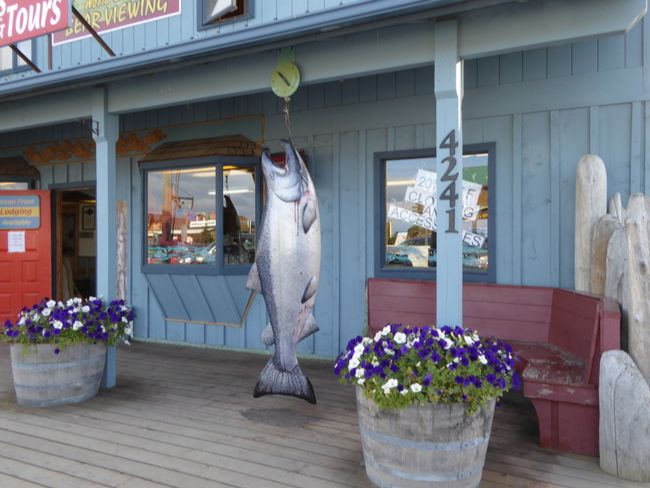

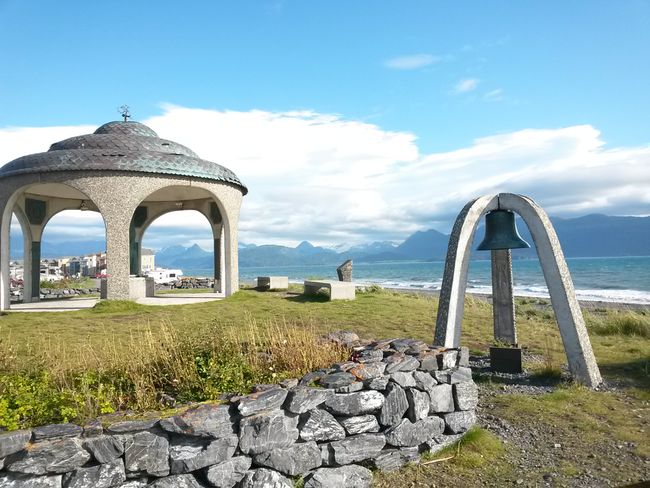
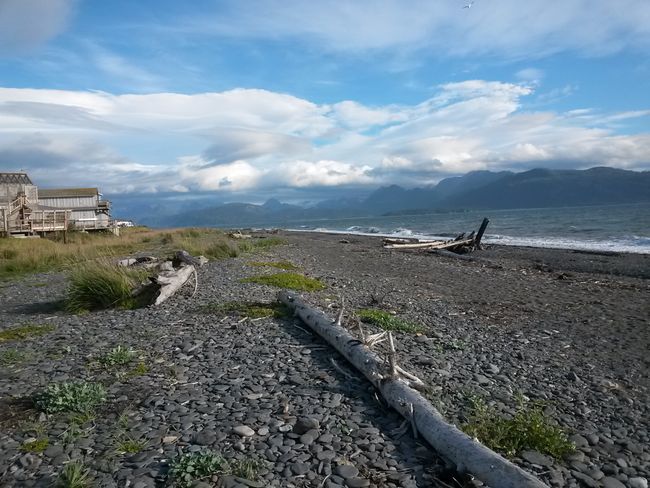
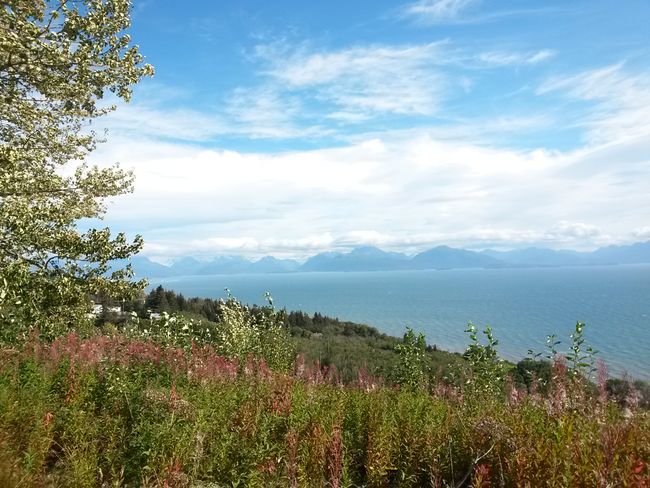
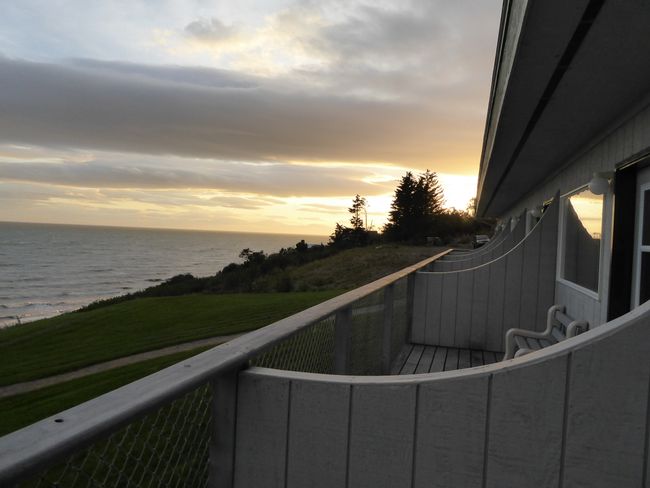
Sau npe yuav ntawv xov xwm
01.09.2014 From Seward to Ninilchik, along volcanoes to Homer Spit
Today is Labor Day. We finish breakfast at 8:00am and start rolling at 8:20am towards Exit Glacier. It also originates from the huge Harding Icefield and is located a few kilometers from Seward. A short trail leads through a fragrant mixed forest to the bed of the mostly dried-up glacier tongue. We scramble over rocks and black sediment before standing in front of a gray-silvery rapidly rushing arm of one of the various outlets. Further progress here is rather impossible and unfortunately, the view of the glacier from the front is denied to us from here below.

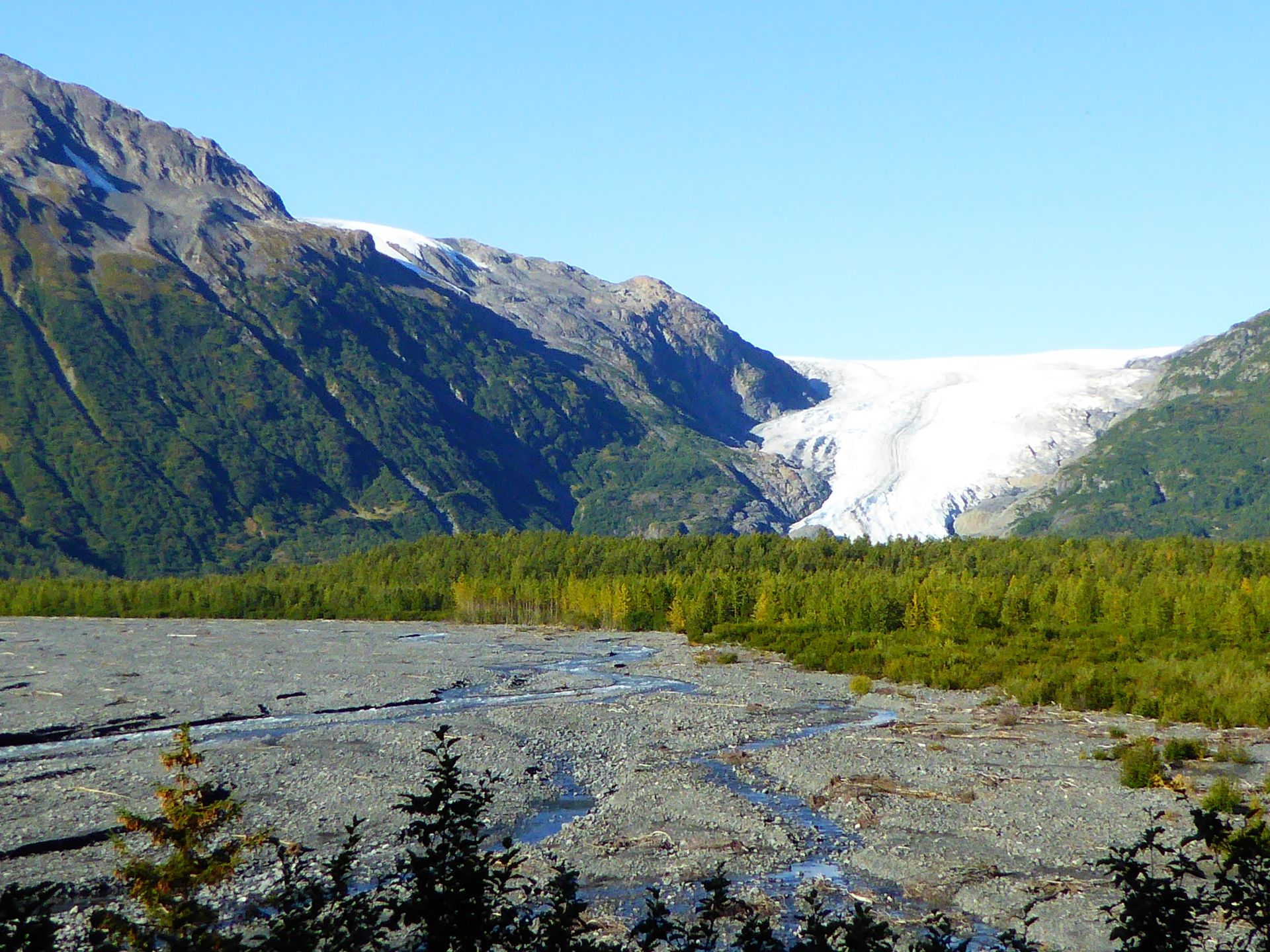
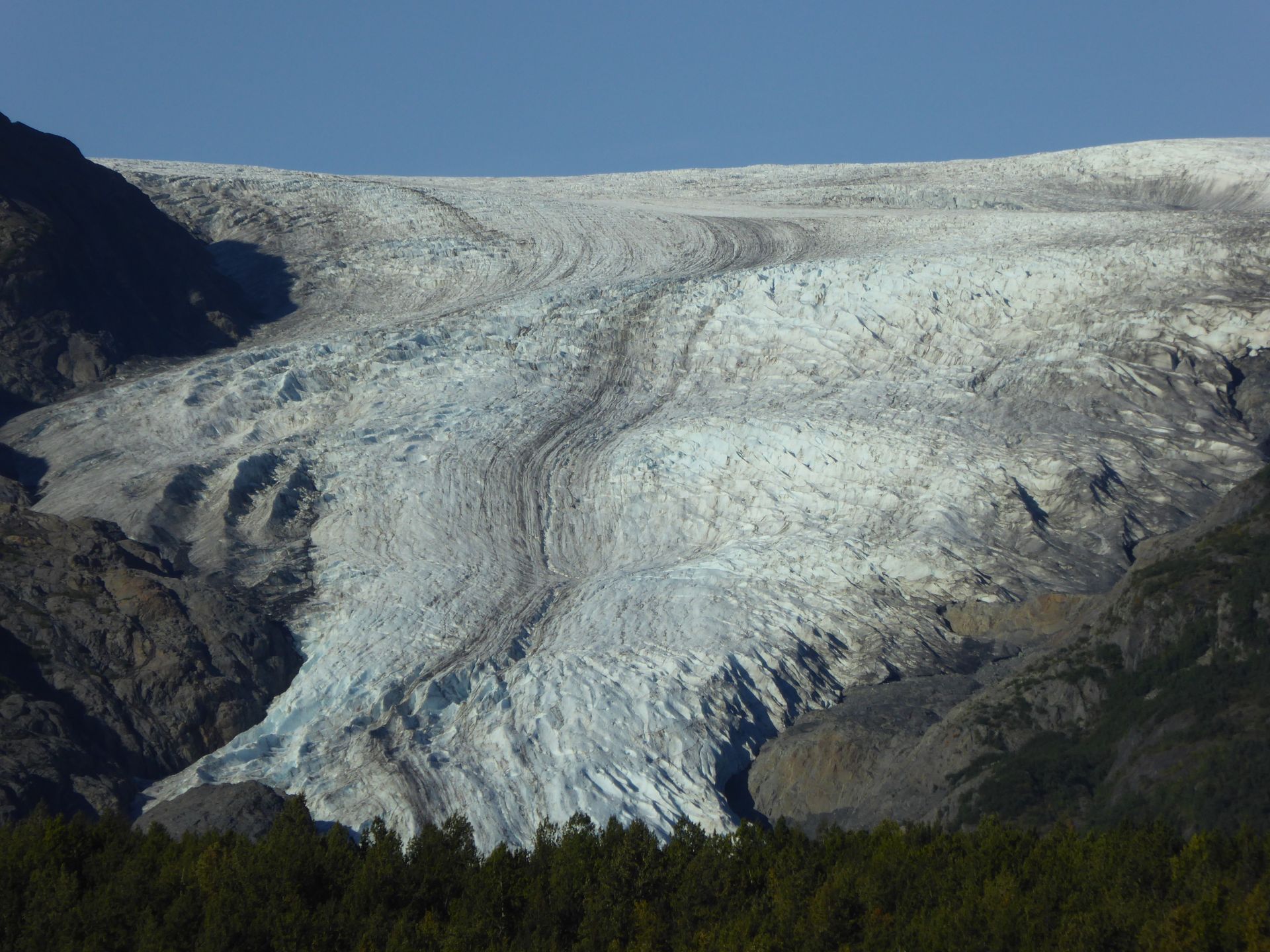
So we drive a little further on the road until we reach a curve with a fairly good view of the end of the glacier. Soon we turn onto the Alaska State Highway 1, which leads directly west, which here once again means south because it eventually ends up farther south than its place of origin, Tok. We stop from time to time to admire the landscape or to watch anglers catching salmon in one of the many rivers. They catch quite impressive specimens there.

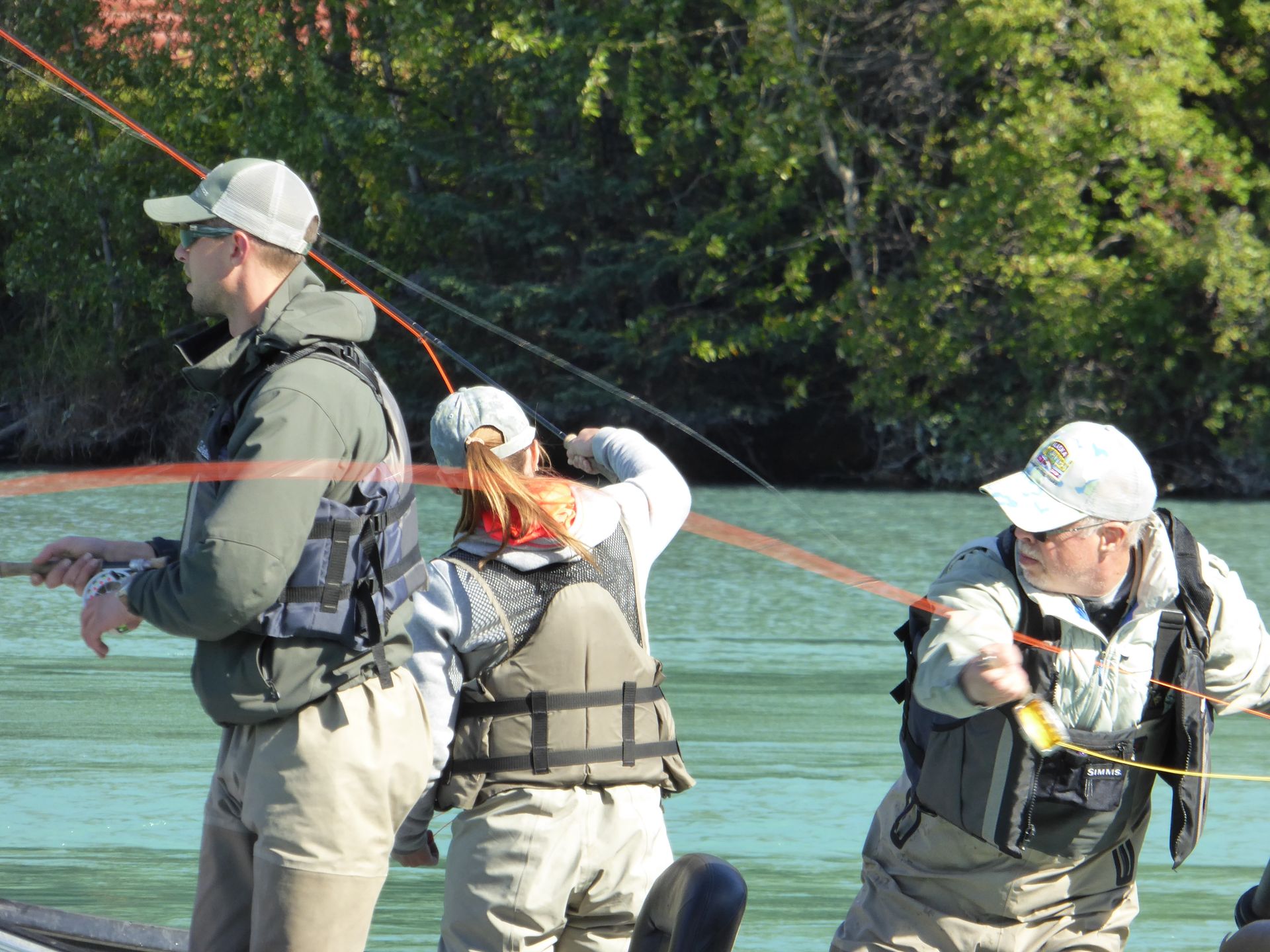
Salmon are amazing creatures. Their migration upstream to their spawning grounds is well known. Also, that this migration leads them back to the place of their birth. This migration can take up to two years. In between, they have been born, followed the rivers towards the sea, developed the ability to live in saltwater instead of freshwater. After about 5 years, they become sexually mature, and the migration back to their place of origin begins for many. They overcome rapids and steep ascents, waterfalls, etc., by actually jumping onto higher ledges and - if they do not run out of energy or get eaten before - change their color to red and green at the end of their migration, as well as their jaw shape. The male salmon develop strongly curved jaws, can no longer eat and therefore often die before the end of the migration. We see a lot of dead salmon along the river and lake shores along our route.

The salmon that experience the end of the migration lay hundreds of thousands of eggs, and the male salmon fertilizes them over several days. Mother salmon and father salmon then die. Then the young salmon develop until the next spring, feeding on the decomposing remains of the salmon parents, and the cycle begins anew. However, the survival rate of the young salmon is not very high due to renewed threats from bears, anglers, and environmental influences. However, anglers must release young salmon below a certain size. We often witness the spectacle of several anglers fishing from a boat in a river and immediately releasing the caught salmon. It seems to be more about the fun of fishing than about catching and eating the fish.
Our long journey continues straight ahead through not very exciting landscapes until we turn south behind Soldotna. An incredible backdrop beyond the Cook Inlet lies before us.

The Redoubt in the Aleutian Range
The road leads south through forests and marshland. Kasilof is marked on the map as a place, but it is only an intersection. We would have liked to have a coffee and hoped for Ninilchik. But again - no luck.
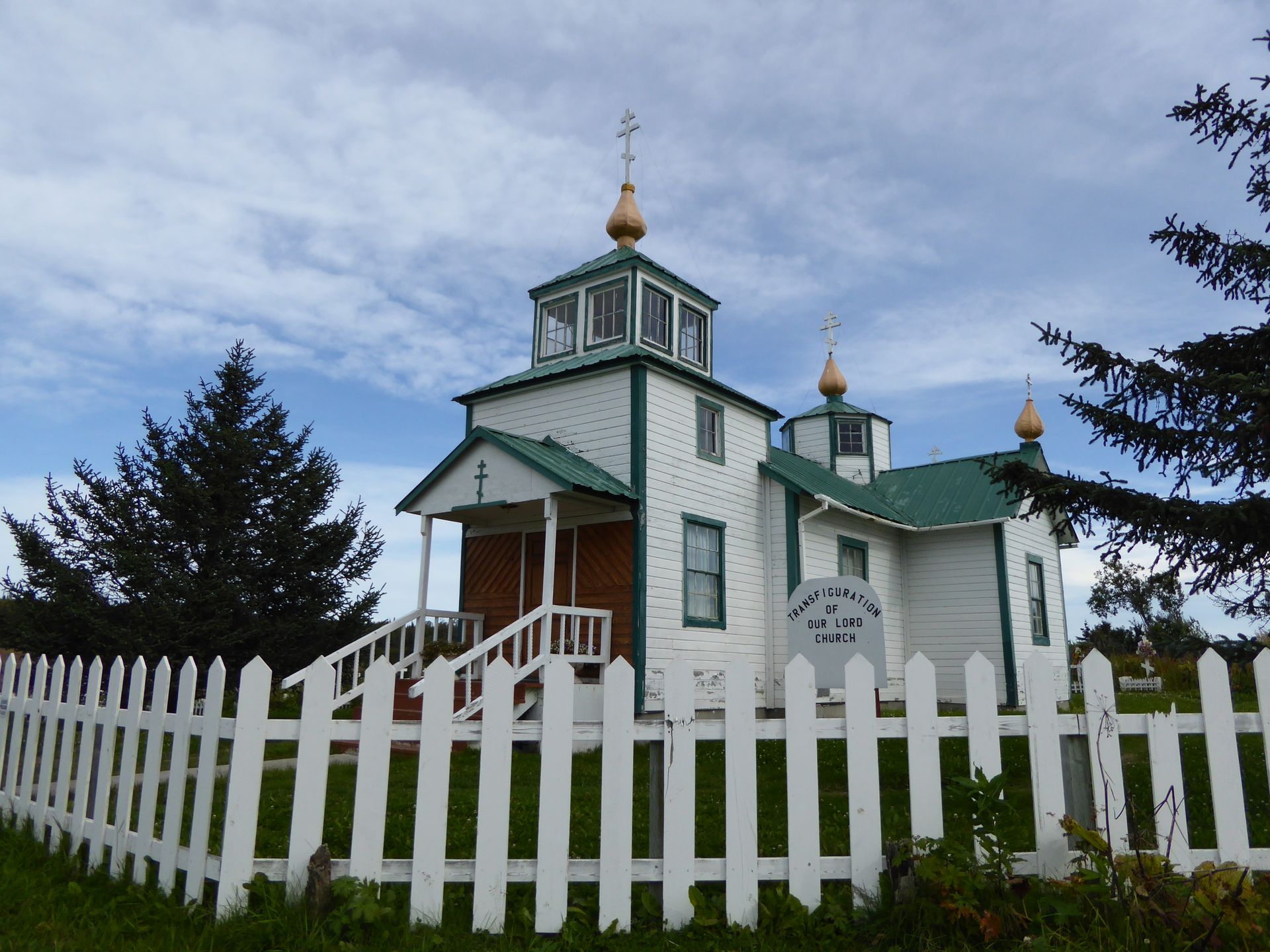
Russian church of Ninilchik

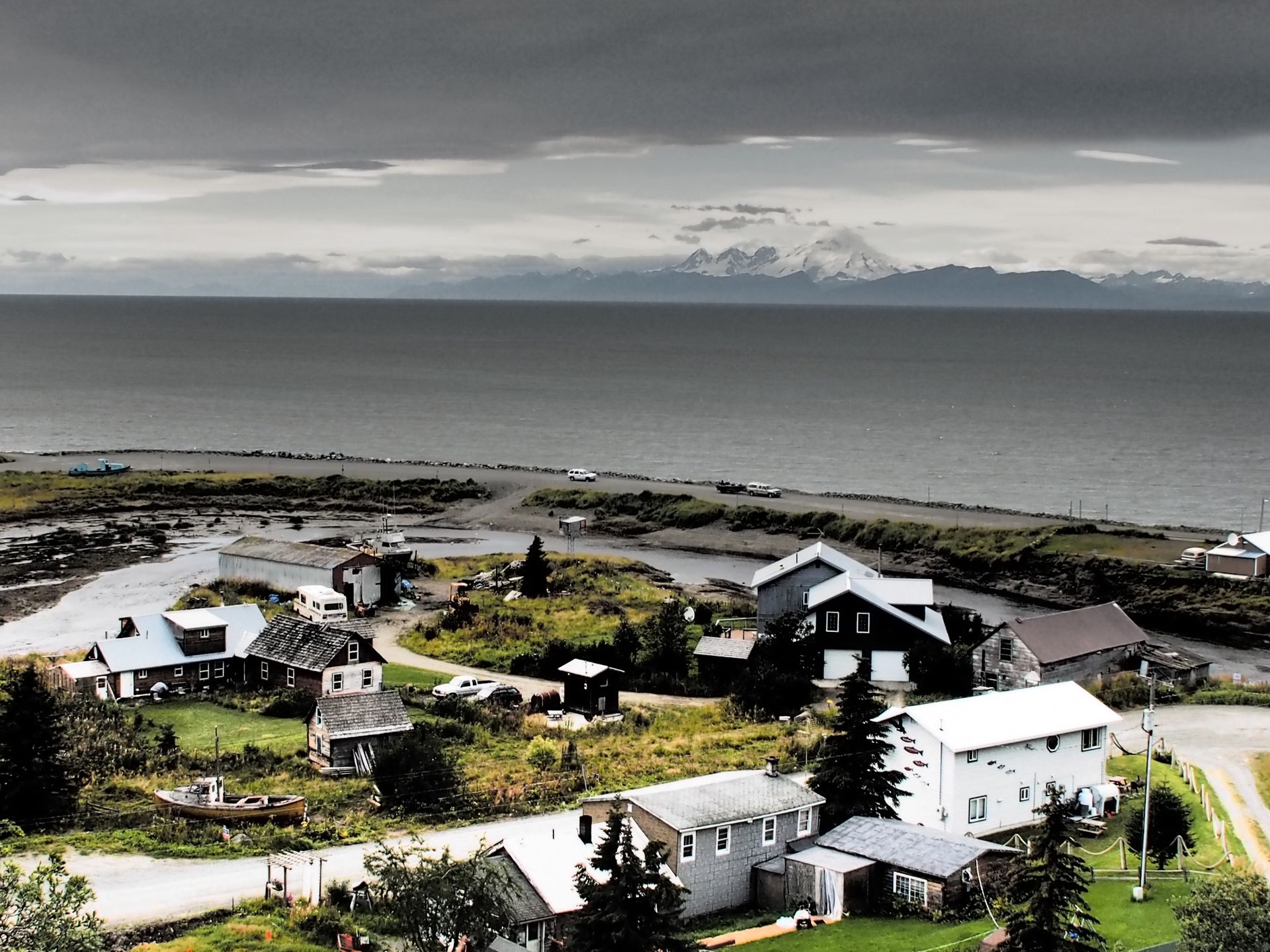
Ninilchik in all its glory
There is not much more to see than a rundown settlement here. We walk around the old Russian Orthodox wooden church with its old cemetery and once again have a great view of the volcano range across.
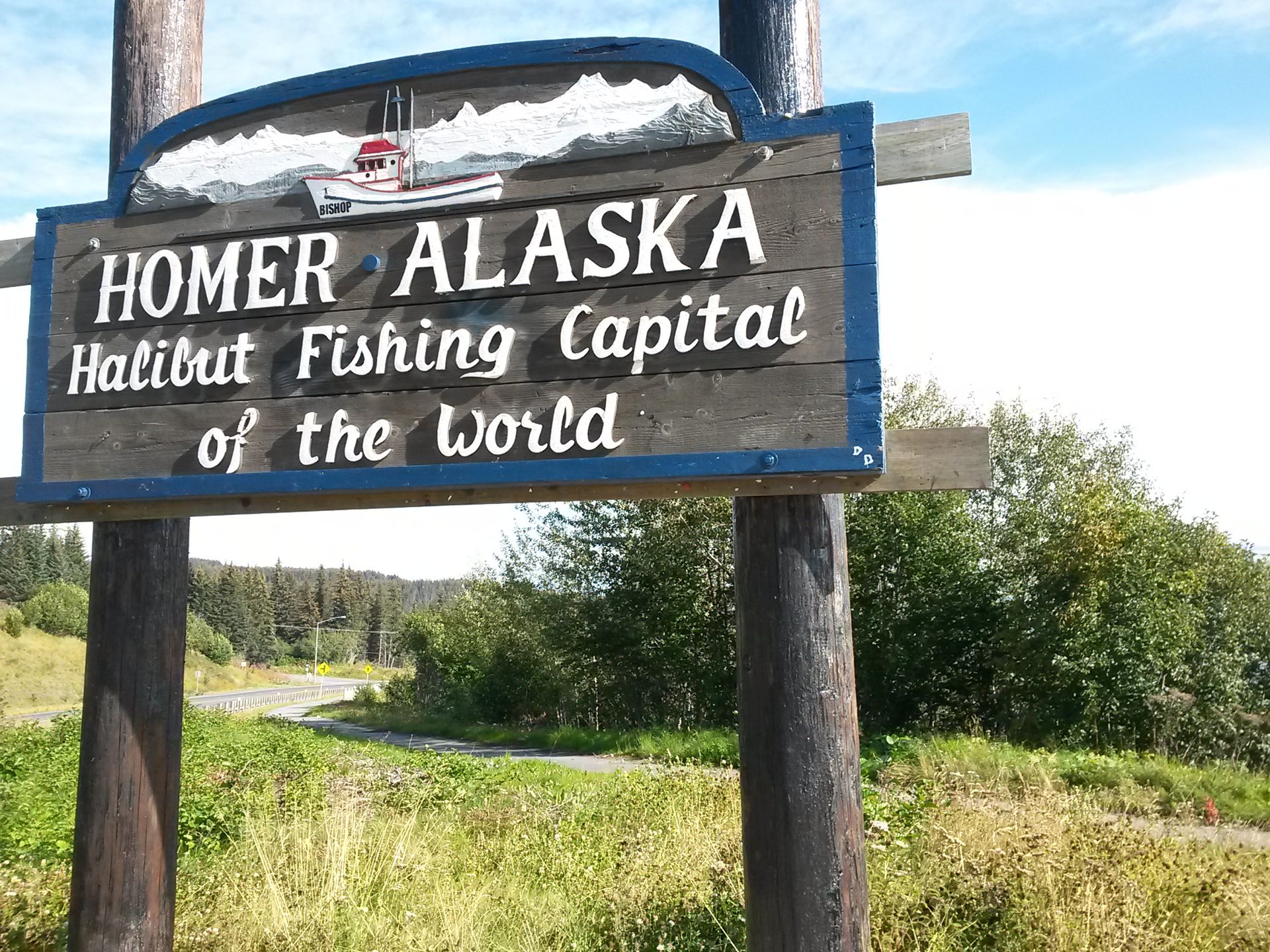
So the drive quickly continues to Homer. In beautiful evening sun, we stand at a lookout at 5:00pm, from where you can see both the Homer Spit, a 7km long peninsula in front of the town, as well as Kachemak Bay and the mountain range on the opposite side.
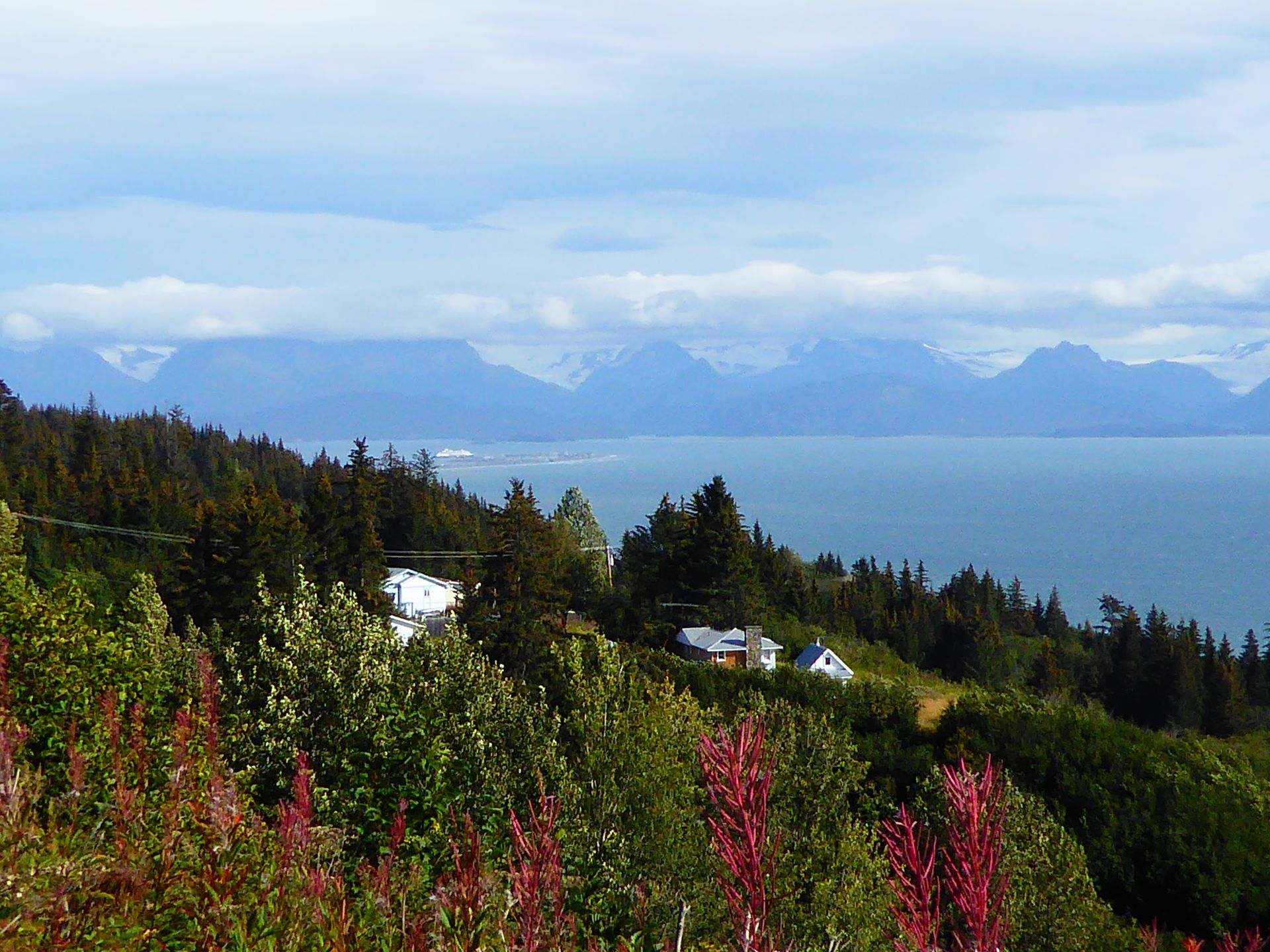
When the devastating earthquake shook this region in 1964, the Homer Spit was still a mile wide. Today, it is usually only 100-150 meters. The vegetation sank into the sea, leaving only a road and some shops, souvenir shops, and restaurants here.
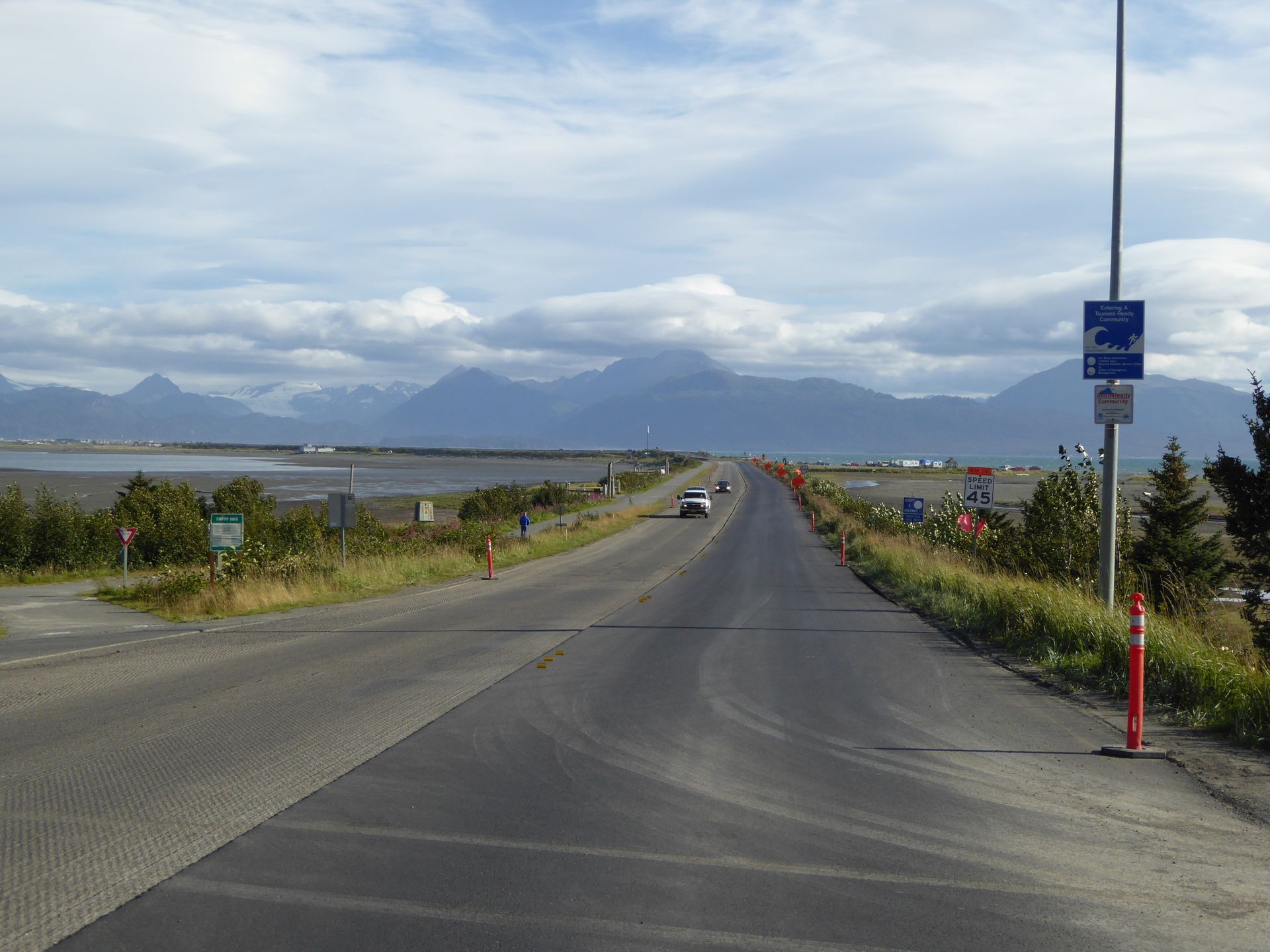
Approach to Homer Spit
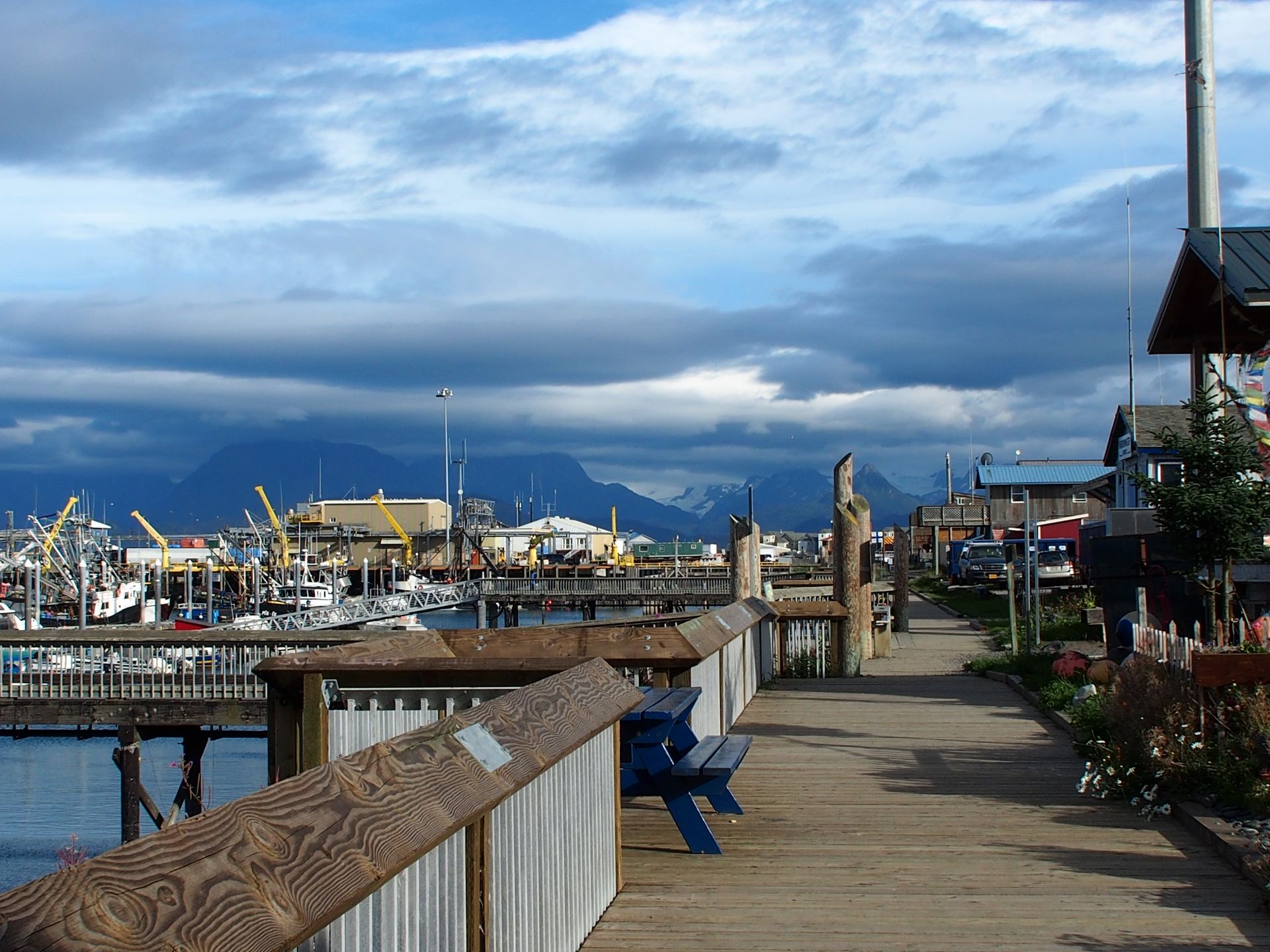
Homer Spit
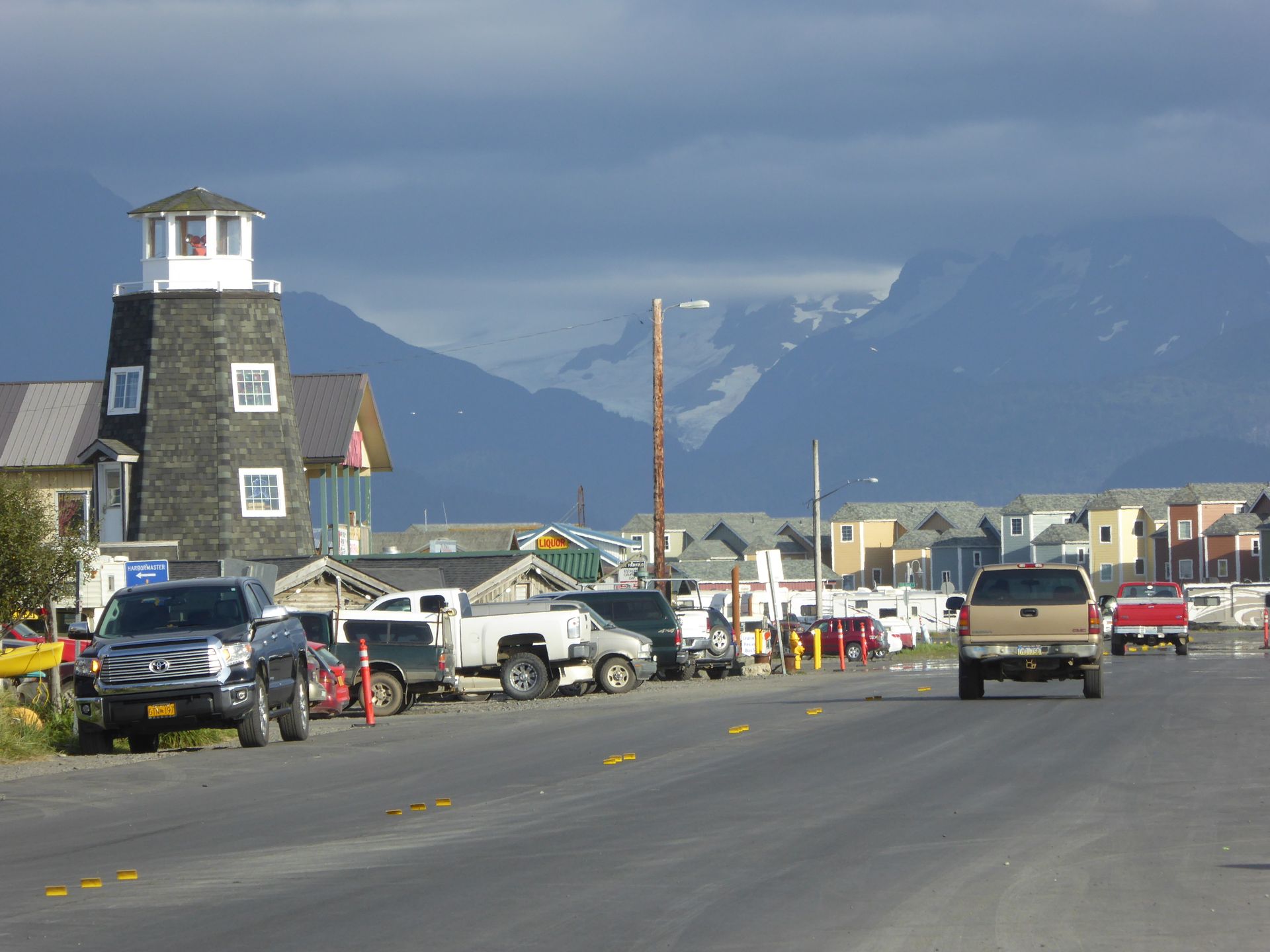
Homer Spit

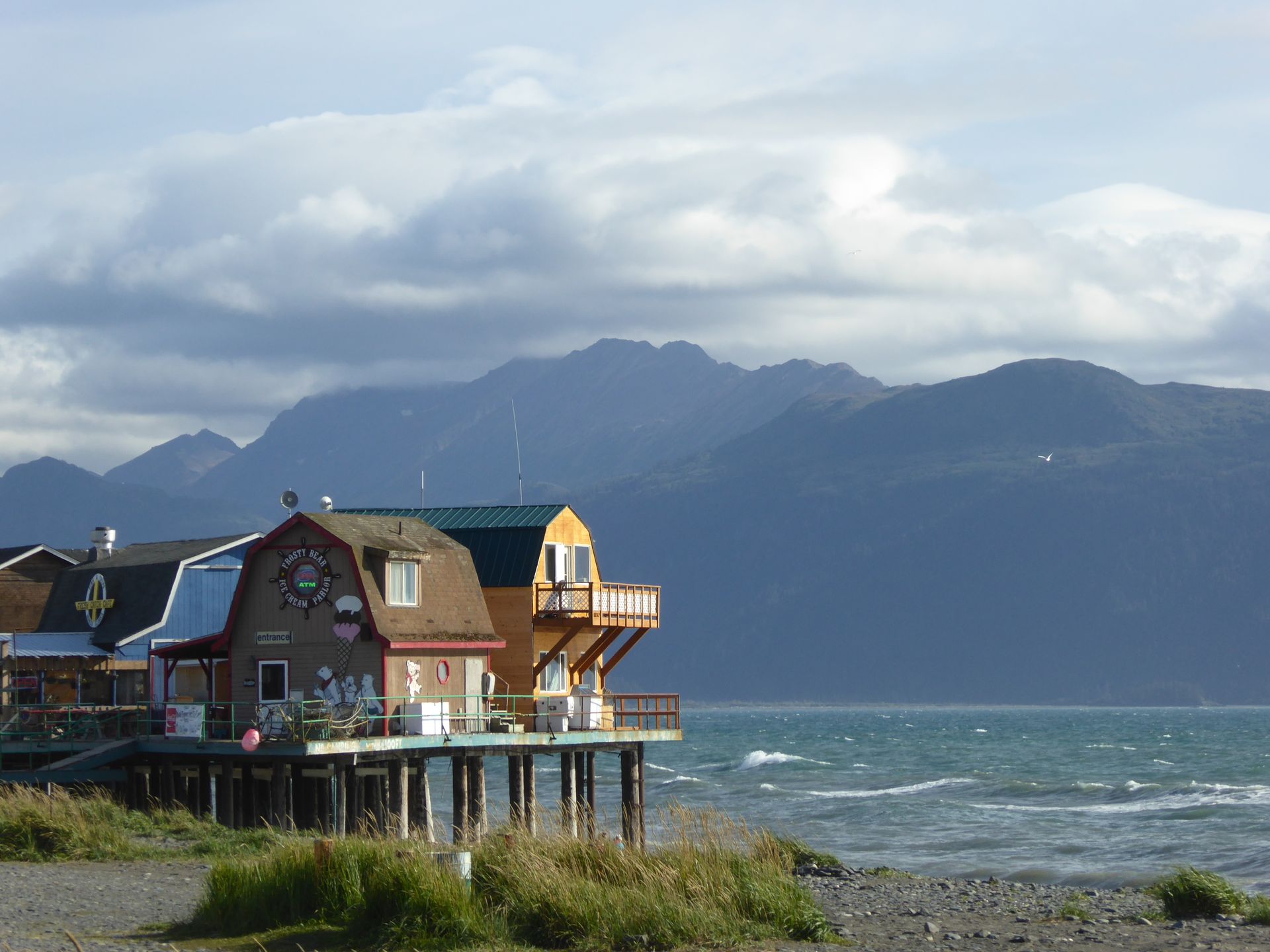
Homer Spit
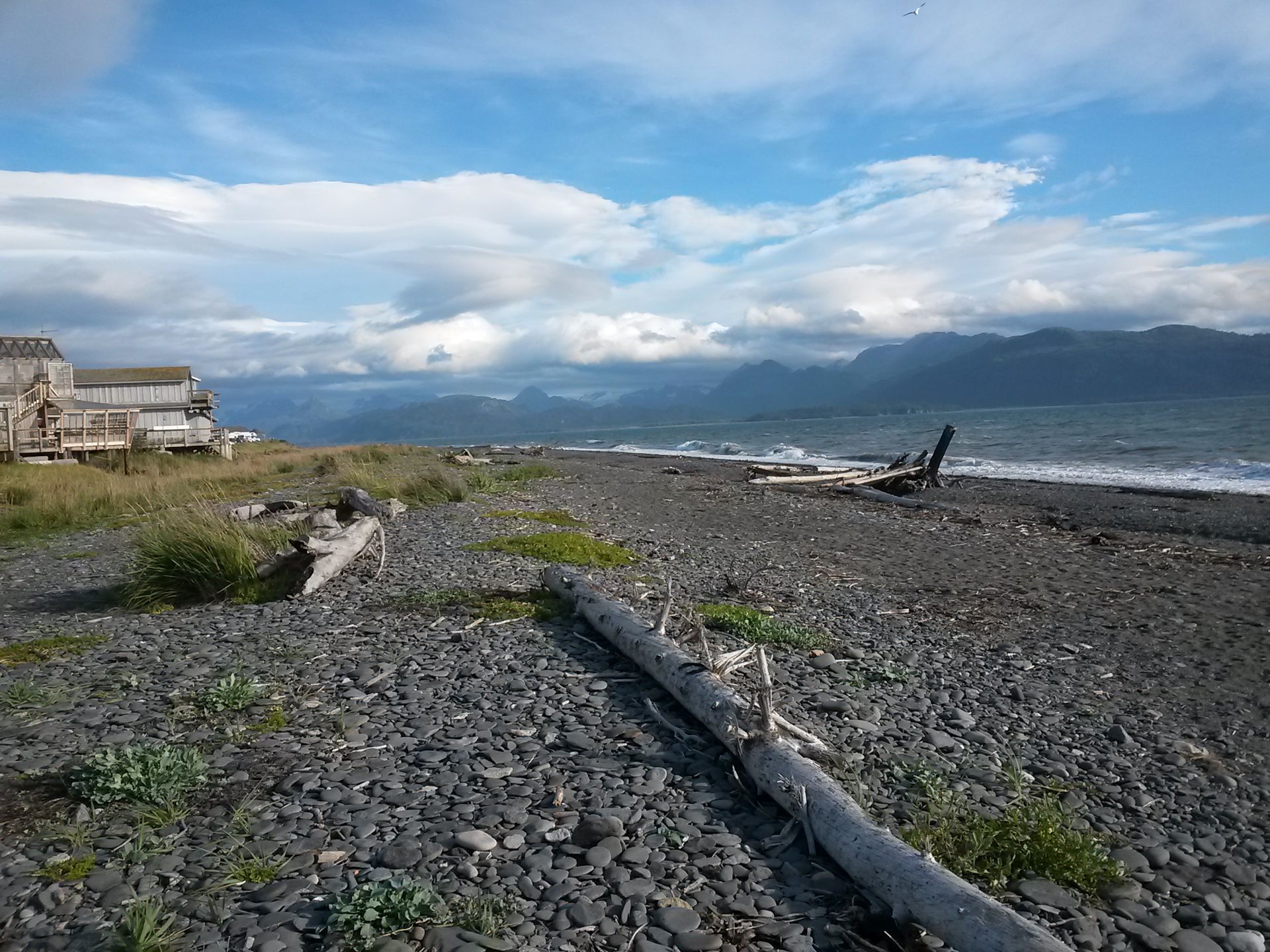
Before we go to the hotel, we spend some time on the Homer Spit, have some fish to eat, and photograph the famous Seafarer Memorial.
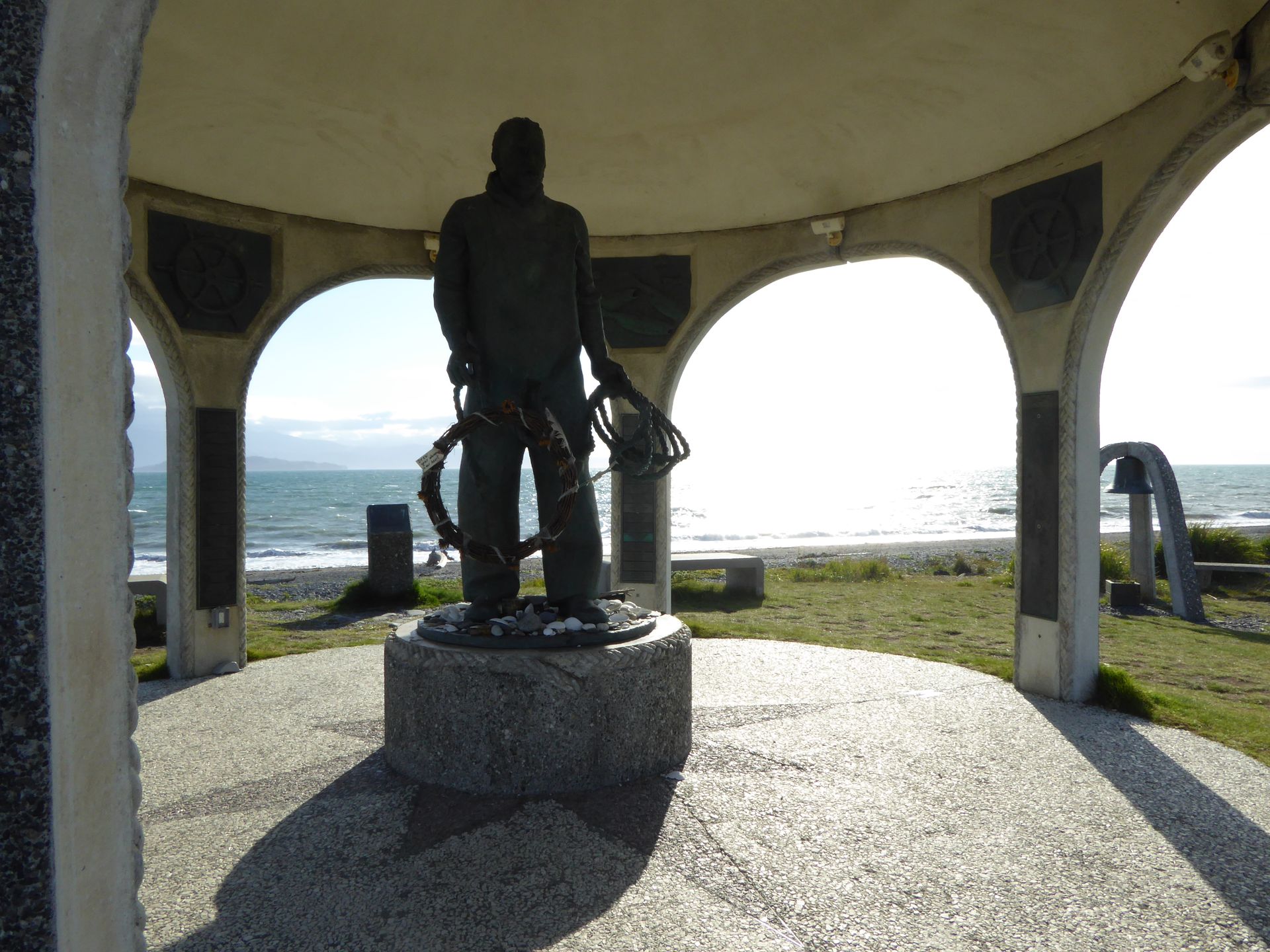
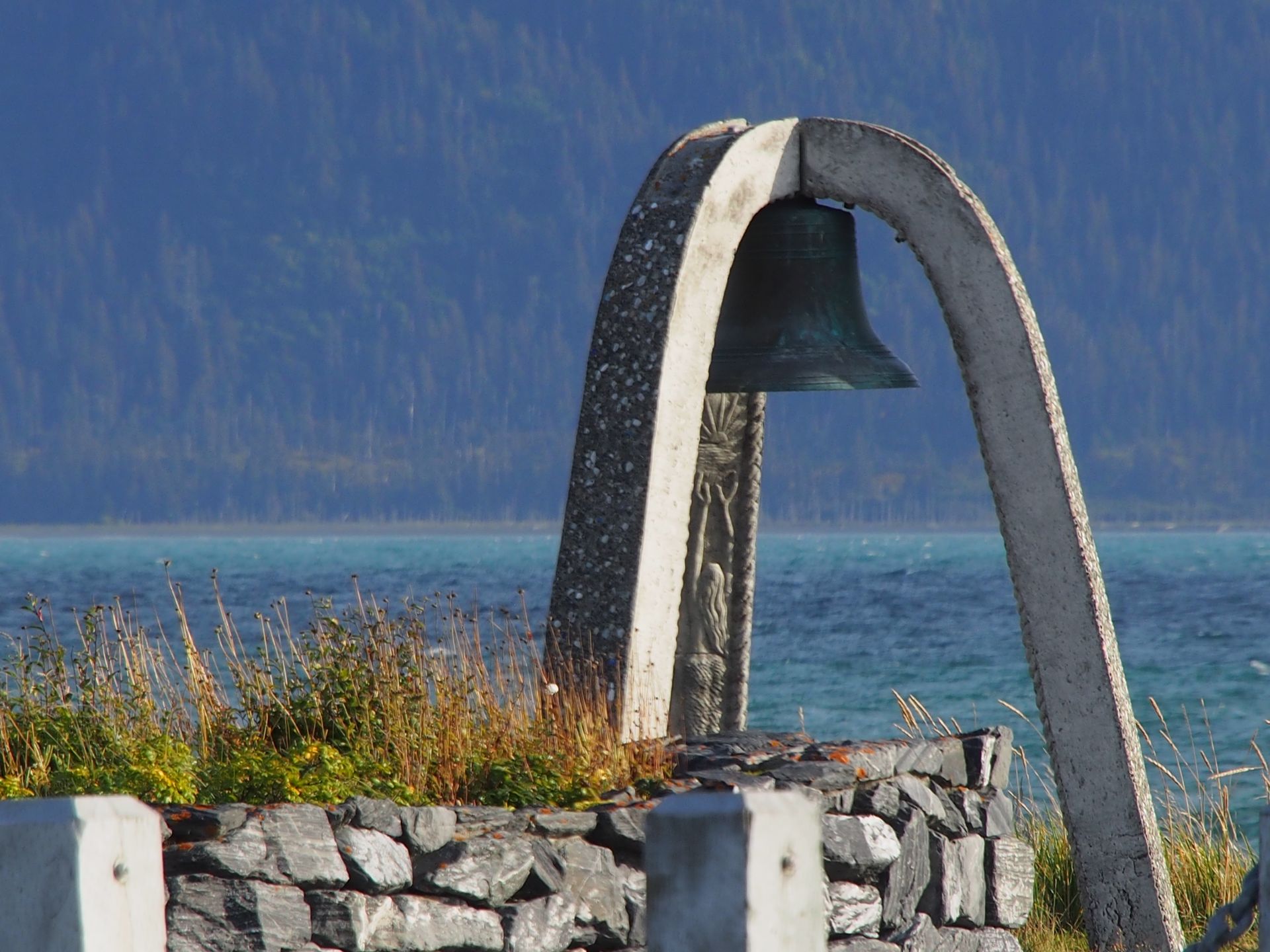

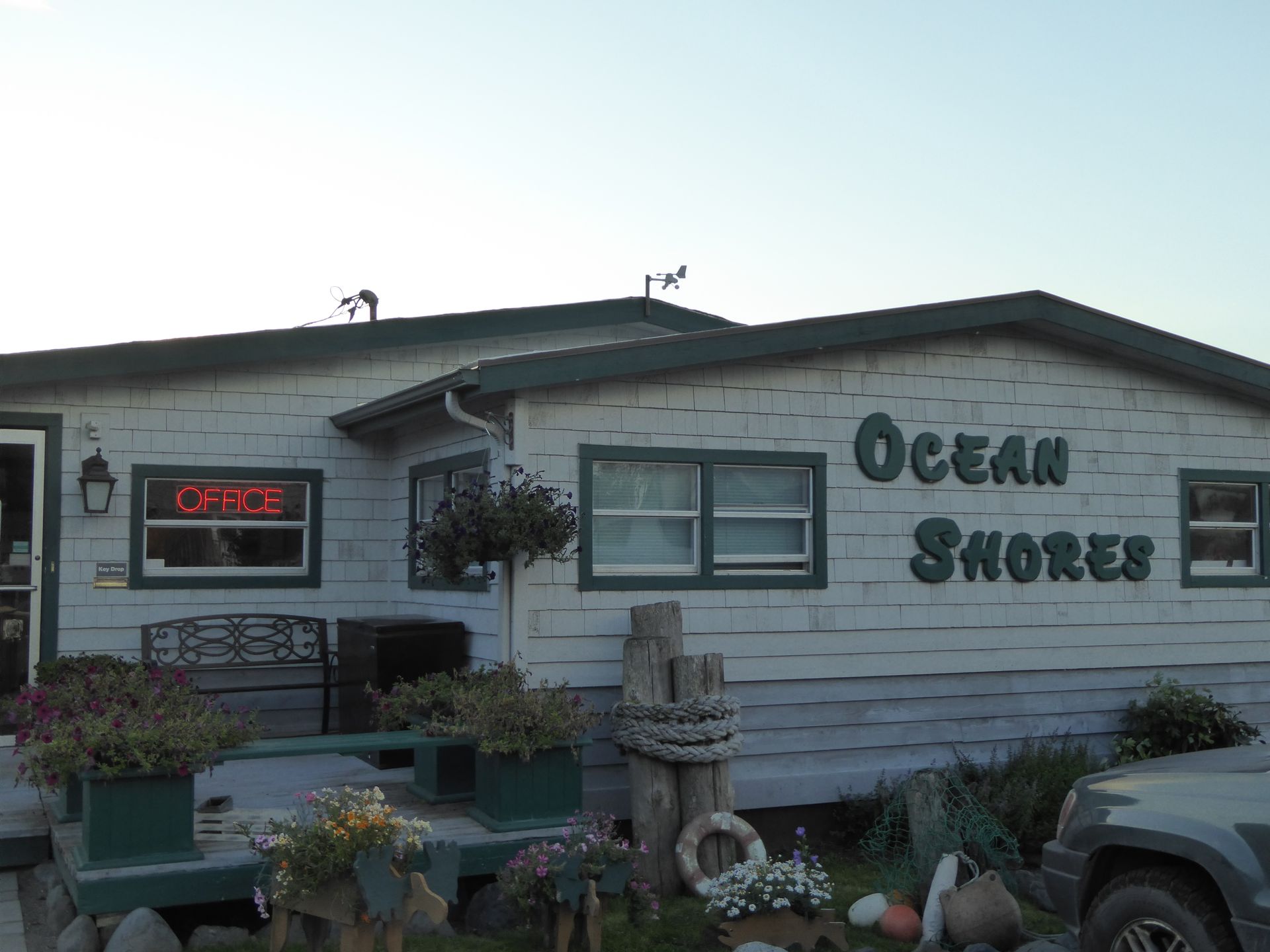
Bald eagles soar past, as do seagulls. The sun sinks glowing red, the sky changes color incredibly, and later a golden half-moon appears.
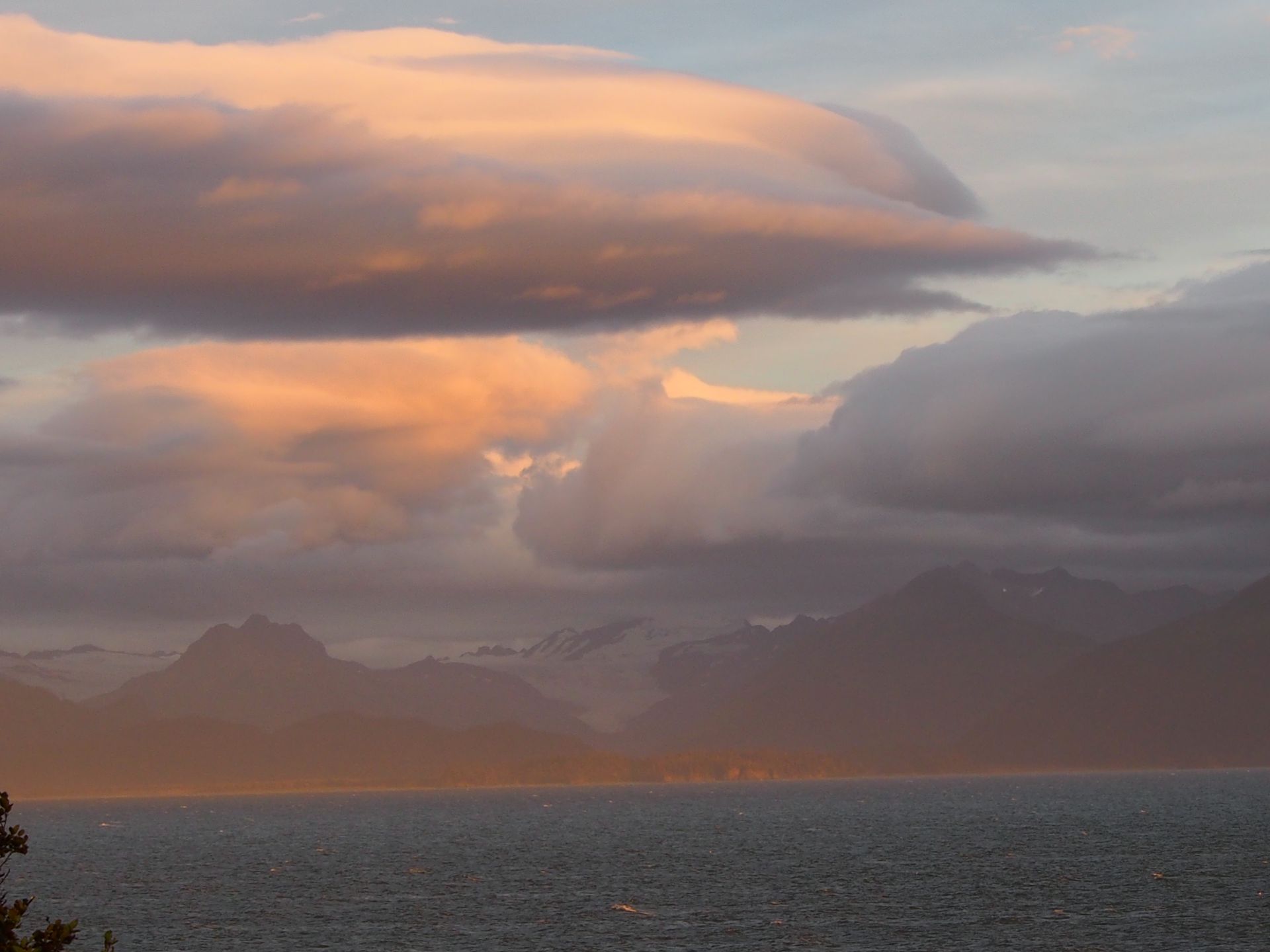
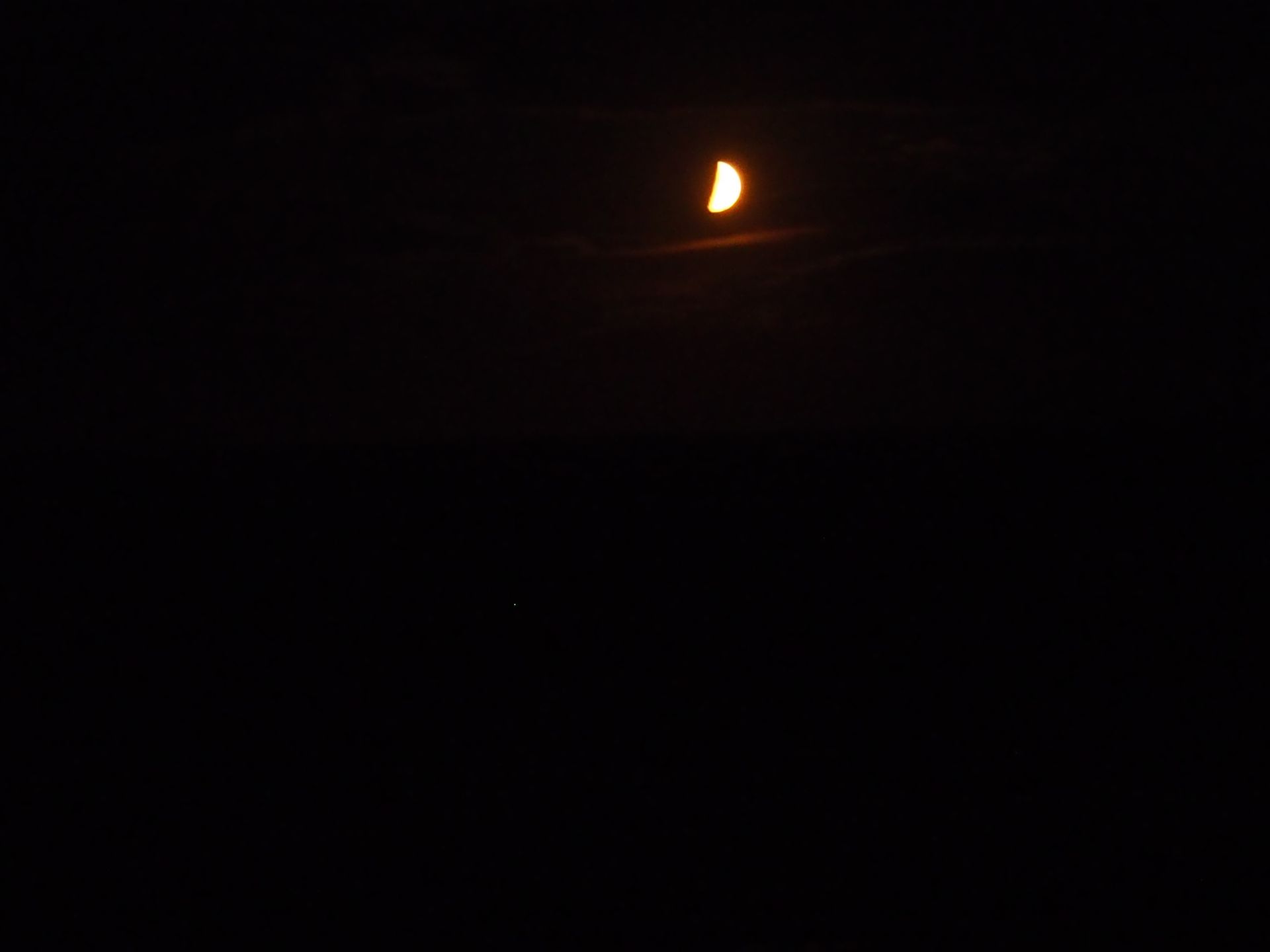
Daily distance: 170 miles/274 km
Sau npe yuav ntawv xov xwm
Teb
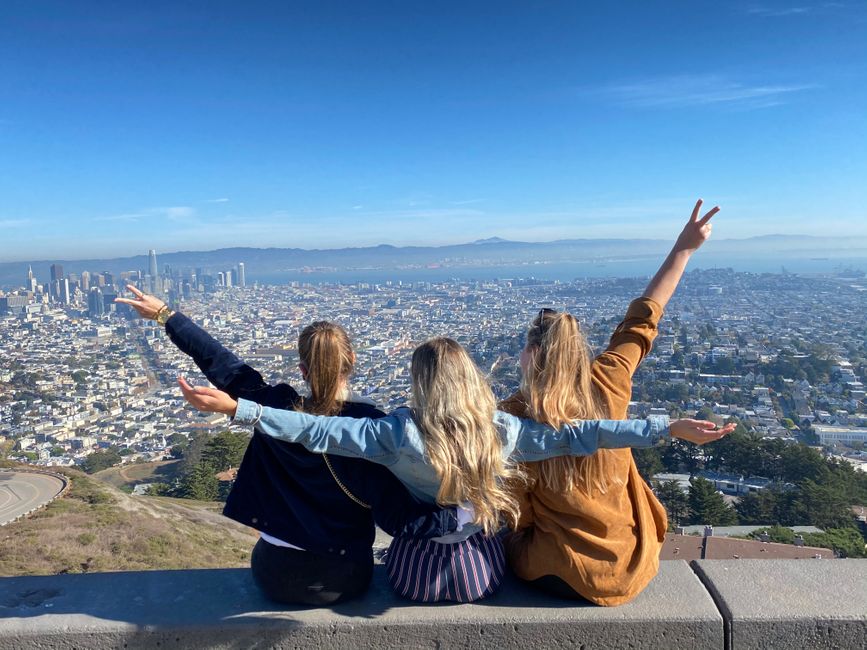
Daim ntawv qhia txog kev mus ncig Teb chaws USA
